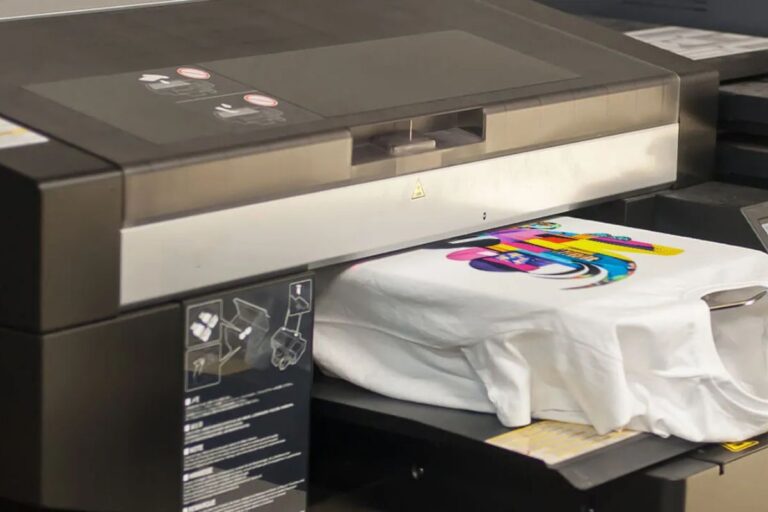Recovering from Tummy Tuck surgery in Riyadh involves more than just rest and medication — choosing the right clothing can significantly impact your comfort and healing process. Proper attire, especially compression garments, plays a crucial role in supporting your abdomen, reducing swelling, and promoting smooth recovery.
This guide will walk you through the best clothing options and compression tips to help you stay comfortable and ensure optimal healing after surgery.
Importance of proper clothing post-surgery:
Wearing suitable clothes after surgery is essential to avoid irritation, protect your incisions, and support your body’s natural healing mechanisms.
Key benefits of appropriate clothing:
- Prevents rubbing or chafing on sensitive skin and incision sites
- Supports circulation and reduces swelling with compression
- Encourages proper posture to minimize strain on healing muscles
- Enhances comfort during daily activities and sleep
Choosing the right fabrics, styles, and compression garments is vital in the early weeks of recovery.
Compression garments: Why they matter:
Compression garments are specially designed to apply gentle pressure on your abdomen, which aids in reducing swelling and improving blood flow.
Benefits of compression garments:
- Controls post-operative swelling and fluid buildup
- Provides support to the abdominal muscles and surgical area
- Helps contour the body shape during healing
- Minimizes discomfort and pain by stabilizing tissues
Most surgeons recommend wearing compression garments continuously for the first 4 to 6 weeks after surgery.
Choosing the right compression garment:
Not all compression garments are the same. Selecting one that fits well and suits your needs is essential.
Tips for selecting compression wear:
- Fit: Should be snug but not overly tight to avoid restricting circulation.
- Material: Breathable, moisture-wicking fabrics help keep skin dry and comfortable.
- Design: Look for garments covering the entire surgical area with adjustable straps or closures.
- Ease of use: Opt for garments that are easy to put on and take off, especially during the early recovery phase.
Consult your surgeon for recommendations tailored to your specific procedure and body type.
Clothing choices beyond compression:
Once you have your compression garment, pairing it with appropriate everyday clothing will improve comfort.
Recommended clothing items:
- Loose-fitting tops and dresses: Provide comfort without putting pressure on your abdomen.
- Soft, stretchy fabrics: Cotton, bamboo, or modal materials prevent irritation.
- Elastic waistbands: Pants or skirts with adjustable waists accommodate swelling and garment layers.
- Front-opening shirts or button-downs: Easier to dress and undress, especially if mobility is limited.
- Slip-on shoes: Avoid bending or straining to tie shoelaces during early recovery.
Clothing to avoid:
- Tight jeans or pants that squeeze the abdomen
- Rough fabrics that may irritate healing skin
- High heels or unstable footwear that can cause balance issues
Caring for your compression garments:
Maintaining your compression wear properly ensures its effectiveness and longevity.
Care tips:
- Follow washing instructions carefully; usually gentle hand wash or delicate machine wash
- Air dry only; avoid heat which can degrade fabric elasticity
- Replace garments if they lose stretch or become damaged
- Have at least two sets to rotate and maintain hygiene
Keeping your compression wear clean prevents skin infections and maintains optimal support.
Managing comfort during different recovery stages:
Your clothing needs will change as swelling decreases and mobility improves.
Early recovery (Week 1-2):
- Wear compression garments day and night except for brief cleaning
- Choose soft, loose clothing over compression for outerwear
- Prioritize easy-to-wear pieces that don’t require much bending or stretching
Mid recovery (Weeks 3-4):
- Continue compression during the day, possibly removing at night if advised
- Start introducing more structured but still comfortable clothing
- Gradually reduce layering as swelling subsides
Late recovery (Weeks 5-6 and beyond):
- Compression use may be reduced based on surgeon’s guidance
- Return to regular clothing, but choose pieces that provide gentle support if needed
- Monitor skin and incision areas for any irritation from clothing
Additional tips for post-tummy tuck comfort:
Beyond clothing and compression, small lifestyle adjustments can further ease recovery.
Helpful tips:
- Avoid heavy lifting or strenuous activities that can stress the abdomen
- Stay hydrated and maintain a balanced diet for faster healing
- Sleep in a slightly elevated position to reduce tension on your surgical site
- Use pillows or body supports to keep pressure off the abdomen while resting
Why choosing expert care in Riyadh matters:
Undergoing Tummy Tuck surgery in Riyadh means you benefit from highly qualified surgeons who provide comprehensive aftercare advice, including guidance on clothing and compression. Proper post-op instructions tailored to your case are crucial to achieving excellent results with minimal complications.
Final thoughts:
Choosing the right clothes and compression garments after tummy tuck surgery is more than a comfort choice — it’s a healing strategy. Prioritize soft fabrics, proper fit, and consistent compression to reduce swelling and support your body’s recovery.
With careful clothing choices and adherence to your surgeon’s recommendations, you’ll enjoy a smoother, more comfortable healing experience and reveal your refreshed new contour with confidence.



